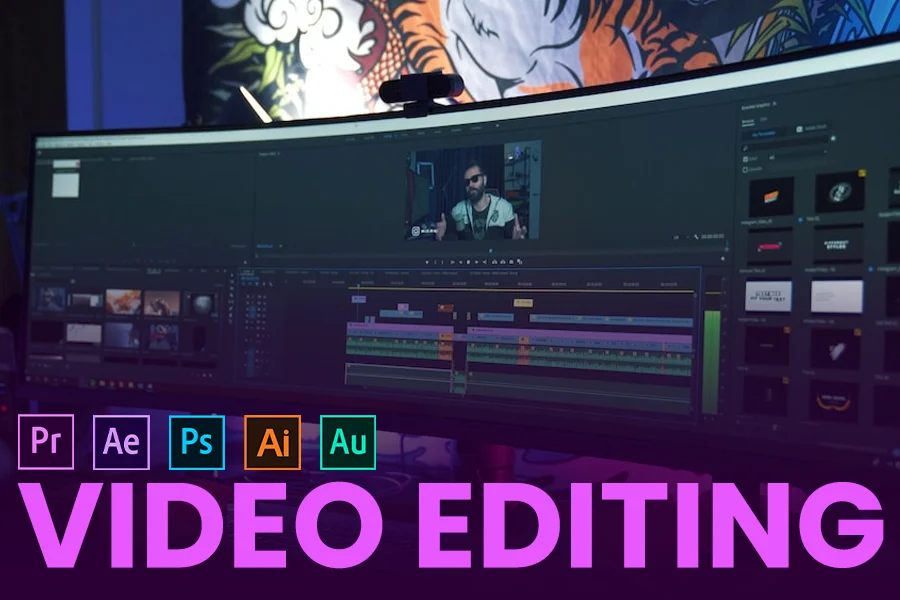
Video editing is a crucial aspect of modern multimedia content creation, enabling creators to transform raw footage into polished, engaging videos. In this blog post, we'll explore the art and science of video editing, its tools and techniques, and its role in shaping visual storytelling.
The Fundamentals of Video Editing
Video editing involves manipulating and arranging video clips to create a cohesive narrative or visual composition. It encompasses tasks such as trimming, cutting, and rearranging clips, adjusting color and exposure, adding transitions and visual effects, and incorporating audio elements. Effective video editing requires a blend of technical proficiency, creative vision, and storytelling skills.
Video Editing Software and Tools
A variety of software tools are available to facilitate video editing, ranging from basic, user-friendly applications to professional-grade editing suites. Popular video editing software includes Adobe Premiere Pro, Final Cut Pro, DaVinci Resolve, and iMovie. These tools offer a wide range of features and capabilities, allowing editors to execute complex editing tasks with precision and efficiency.
Techniques and Best Practices
Successful video editing relies on a combination of technical know-how and artistic expression. Editors must understand pacing, rhythm, and visual composition to craft engaging narratives and captivate viewers. Techniques such as montage editing, continuity editing, and rhythm editing help establish flow and coherence within a video. Additionally, attention to detail and adherence to best practices ensure high-quality results.
Specializations in Video Editing
Video editing encompasses a diverse array of specializations, each focusing on specific aspects of the editing process. Some editors specialize in narrative storytelling, working on feature films, documentaries, or television shows. Others focus on commercial or promotional content, creating advertisements, music videos, or corporate videos. Specialized areas such as color grading, motion graphics, and visual effects offer opportunities for further specialization.
The Impact of Video Editing on Visual Storytelling
Video editing plays a crucial role in shaping visual storytelling, influencing how audiences perceive and engage with content. Effective editing can enhance the emotional impact of a scene, convey information succinctly, and guide the viewer's attention. From Hollywood blockbusters to social media videos, editing choices influence the overall tone, pacing, and narrative structure of a video.
The Future of Video Editing
As technology advances and consumer preferences evolve, the landscape of video editing continues to change. Innovations such as artificial intelligence and machine learning are poised to revolutionize the editing process, automating repetitive tasks and providing creative insights. Additionally, emerging formats such as virtual reality (VR) and augmented reality (AR) present new opportunities for immersive storytelling and interactive experiences.
Conclusion
In conclusion, video editing is a dynamic and multifaceted discipline that plays a vital role in visual storytelling. From its technical intricacies to its creative possibilities, video editing shapes the way we consume and engage with media in the digital age. By mastering the tools and techniques of video editing, creators can bring their stories to life and connect with audiences in powerful ways.
You Might Also Like

06 minute read

06 minute read